The Germ From Which the Genre Spread?
- Mr. Arkadin

- Jun 20, 2020
- 4 min read
Updated: Jun 21, 2020
Jack London: The Scarlet Plague (Written 1910, first published 1912 in The London Magazine. First book edition 1915 by Macmillan, USA.)
The Encyclopaedia Pandemica project – our journey through the literature of pandemics, plagues and pestilences – continues with a very early example of Post-Apocalyptic fiction; one of the first stories to describe a fictional pandemic and its consequences, and arguably the beginning of the Pandemic genre.

Jack London (1976-1916) was a celebrated American short story writer, novelist, journalist, poet and photographer, Socialist, rancher, animal-rights activist and boxer. Those familiar with London as a writer of adventure, travel or American pioneer stories (Call of the Wild, White Fang, Burning Daylight etc.) may be surprised at his contributions to 20th century speculative fiction – notably the socio-political dystopian novel Iron Heel (1980), the paranormal science fiction of The Star Rover (1915) and, of course, The Scarlet Plague (1912), as well as several SF short stories.
The Scarlet Plague was preceded by Mary Shelley’s The Last Man (1826), seen as the first Post-Apocalyptic novel and also set in the 21st century on an earth heavily depopulated by a pandemic of unknown origin. Since The Last Man was heavily suppressed and did not re-emerge until the 1960s, it is questionable whether London was aware of it. However, he was at various times accused of plagiarism. At the very least he can be credited with having re-kindled the Pandemic genre for the 20th century after a gap of 90 years.
This short novel is set in the post-apocalyptic wasteland that was once San Francisco in 2073, sixty years after the Earth’s population had been reduced to a few hundred by a pandemic referred to variously as Red Death, Scarlet Death or Scarlet Plague. The story has recently been heralded as prophetic of the Covid-19 outbreak; certainly the similarity of dates is compelling, as is London’s estimate of global population growth: “The census of 2010 gave eight billions for the whole world” – uncannily close to the real figure.
The narrative of The Scarlet Plague takes place effectively in flashback as former Professor of Literature James Howard Smith – now the oldest man alive and the only person who remembers pre-plague times – recounts his experiences of the plague and his survival afterwards to his young grandsons. As products of the tribal post-plague society, the grandsons have devolved into goat-herders and hunter-gatherers of limited intellect and vocabulary. Nevertheless, they are keen to hear what “Grandser” has to say, though are sceptical about many aspects of his story and unable comprehend the value of knowledge for its own sake. Smith perseveres, despite having to indulge them with over-simplifications including an amusing but (rather too) lengthy explanation of numbers greater than ten. It is unclear how much of his wisdom they take on board.
Despite having been written 110 years ago, many aspects of the plague’s epidemiology and control will be instantly familiar to those of us living through Covid-19. Smith initially self-isolates, then quarantines himself with a group of colleagues who at first appear asymptomatic, but unfortunately the disease’s incubation period has not been accounted for. The plague is spread further by people leaving the cities despite advice to the contrary. It is known that the plague is spread by “germs” (though Smith’s grandsons do not believe this) and although a vaccine is found, its discoverers in Europe are presumed to have died before they were able to distribute it. Smith sees the importance of keeping up to date with news of the pandemic, and orders newspapers while they are still available. Civil unrest is rife, as seen recently in the US (and, to a lesser extent, the UK) where the pressures of the Covid-19 lockdown have exacerbated other issues.
As with London’s other speculative fiction works, he concentrates more on social and political change rather than technological advance and sees a world (pre-plague) where international travel is by airship and communication is limited. The writing, however, is as finely crafted as any of London’s other work, providing a pleasurable read – despite a little of what we would see today as political incorrectness - and making an essential contribution to anyone's pandemic bookshelf.
As a public domain book (because its author died more than 100 years ago) The Scarlet Plague is widely available for free download. One More Library, for example, offers it in a variety of formats with the original illustrations. Most of London's other books are available here, too.
Google Play has a superb collection of London's books - including biographies and reasonably priced collections, also film adaptations of his works.
Also available is a free audiobook version from LibriVox.
Biography
John Griffith London, born Chaney in 1876 – and known as Jack – grew up in San Francisco. With a childhood and teenage years sounding like Huckleberry Finn stories, he shovelled coal, pirated oysters, worked on a sealing ship, in a street-railway power station and in a jute mill, then at the age of 17 was forced by the economic depression of 1893 to become a tramp (that's hobo in American)..
London then re-enrolled in high school, where his career as both journalist and author began with articles contributed to the school magazine. Following the publication of his first short story – the winning entry in a newspaper competition – London tried to hatch a career as a writer. Not having much success, he briefly attended University at Berkeley then went North to seek his fortune in the Yukon Gold Rush.
Returning to California in 1898 at the age of 22, without the sought-for fortune and his experiences in the Yukon having turned him to Socialism, London asserted self-discipline and continued writing. He began to have short stories published, then in 1903 long-awaited fame and literary success came with the publication of Call of the Wild, closely followed by People of the Abyss. London went on to publish more than 50 books, including the well-known Sea-Wolf (1904) and White Fang (1906), becoming one of the most popular writers of his generation.
The Scarlet Plague (1912) dates from London’s later years, also marked by the publication of John Barleycorn (1913) which detailed his struggle with alcoholism. He died in 1916, aged 40, of kidney disease.
For a fuller account of Jack London's life, check out Wikipedia or one of the many biographies available.




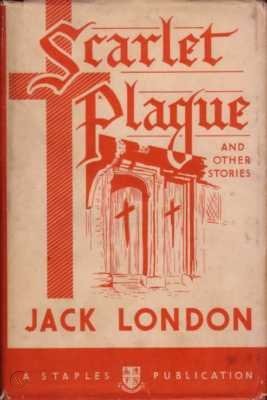








































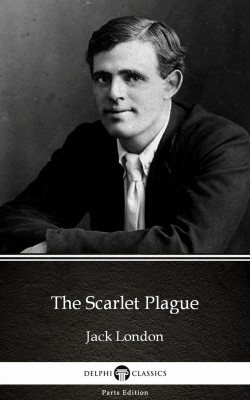

















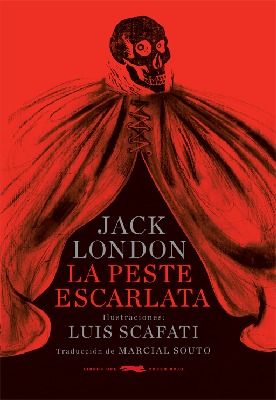









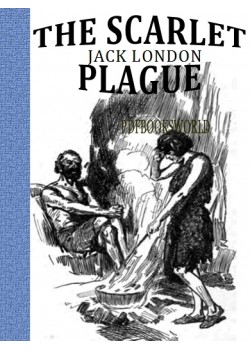





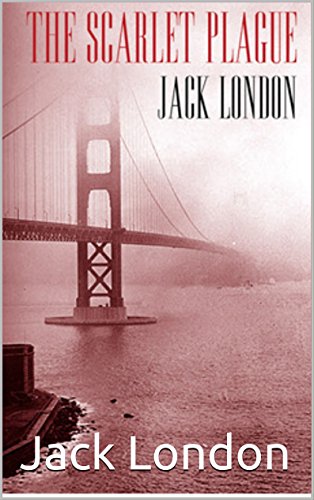

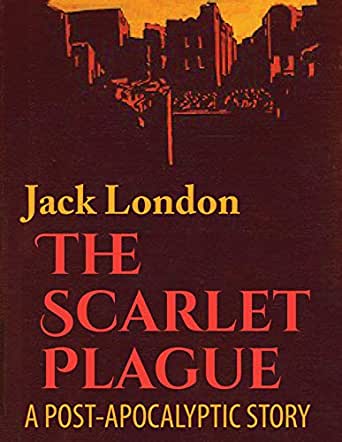



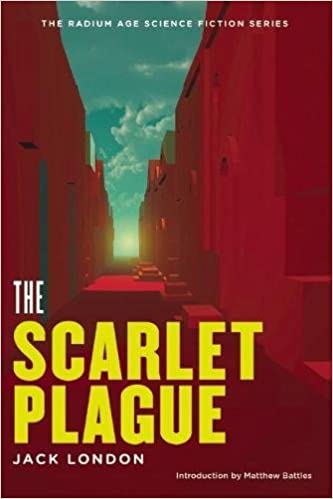





ความคิดเห็น